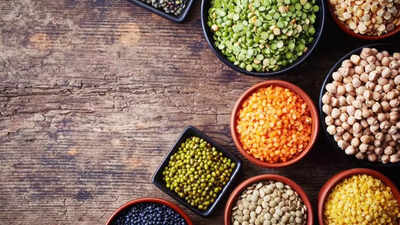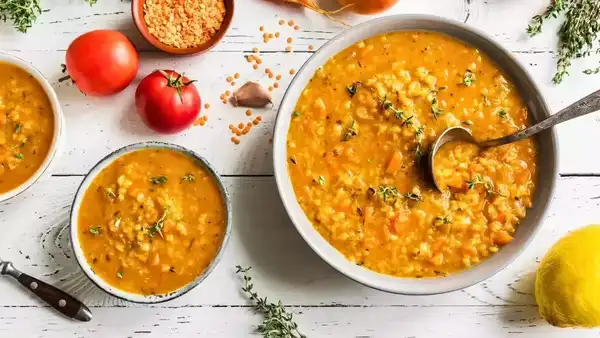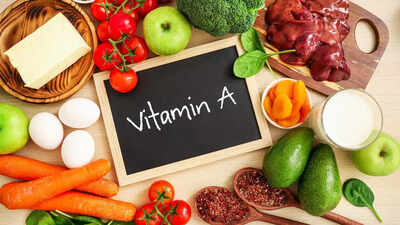This superfood could be the cheapest way to eat healthier and it’s already in your kitchen |

You walk through the grocery store, determined to make healthier choices. You eye the salmon, leafy greens, and fresh berries—only to flinch at the price tags. Moments later, your cart holds instant noodles or a frozen pizza instead. It’s a familiar story. The belief that eating healthy costs more has become almost universal. But what if the real superfoods aren’t the pricey ones at eye level? What if the most affordable, nutrient-rich ingredients have been sitting quietly on the bottom shelf all along—overlooked, underappreciated, yet powerful enough to transform your health, your wallet, and even the planet?
Pulses like lentils and chickpeas are a powerhouse ingredient for your health and wallet
While quinoa and chia seeds get all the buzz today, for generations, households around the world have relied on something far more humble — pulses. These include lentils, chickpeas, kidney beans, and split peas. These foods weren’t handed down through generations because they were trendy. They were loved because they were filling, affordable, and healing. Now, modern science is validating what countless cultures have known all along: pulses are not just comfort food — they’re nutritional powerhouses.Pulses are the dried edible seeds of legume plants, and they include:
- Lentils
- Chickpeas
- Kidney beans
- Split peas
- Black beans, pinto beans, and many others
They are naturally low in fat, free of cholesterol, and rich in plant-based protein. A single cup of cooked lentils has the same amount of protein as about three eggs — minus the saturated fat and cholesterol.They’re also packed with:
- Dietary fiber
- Iron, potassium, and magnesium
- B vitamins, especially folate
- Resistant starch, which supports gut health
According to Christopher Gardner, Director of Nutrition Studies at Stanford Prevention Research Center, most Americans eat only half a cup of pulses per week, while the recommended minimum is half a cup per day. “That’s an insanely small amount,” as reported by The Washington Post.
Health benefits of pulses

A comprehensive 2020 review of clinical trials found that eating just half a cup of cooked pulses daily resulted in significant improvements in:
- Heart health
- Blood pressure
- Blood sugar control
- Cholesterol levels
- Body weight and waist size
One key reason is their fiber content, especially resistant starch. This type of starch resists digestion in the small intestine and moves to the large intestine, where it feeds beneficial gut bacteria. These bacteria then produce short-chain fatty acids that lower inflammation, strengthen immunity, and improve digestive health.
Pulses and digestion : How to avoid bloating when adding them to your diet
Studies show that while some people may experience mild bloating or gas when they first introduce pulses into their diet, these symptoms are temporary. As your gut microbiome adjusts, these effects typically go away.Doctors recommend:
- Start small — Begin with ¼ cup daily and gradually increase
- Rinse canned beans well
- Drink plenty of water to help your digestive system adapt
Why pulses are the smart choice in a time of rising food prices
With food inflation affecting everyday choices, pulses stand out as one of the most affordable protein sources available. According to federal data, a pound of dried beans costs about $1.70 — far less than ground beef, chicken, or even a dozen eggs. Dr. Chris Damman, a gastroenterologist at the University of Washington, describes beans as “a superfood.” He emphasises: “They’re healthy, affordable, and good for your gut.” But affordability isn’t the only reason to love them.Pulses aren’t just kind to your body — they’re eco-friendly too.
- Lower carbon footprint than meat
- Require less water to grow
- Enrich the soil naturally, reducing the need for synthetic fertilizers
From a sustainability perspective, eating more pulses is a simple way to lower your environmental impact without giving up on nutrition.
Simple ways to add pulses to your meals
You don’t need to reinvent your entire diet to enjoy the benefits of pulses. Here are some easy ways to include them in your daily meals:
- Add black beans to scrambled eggs or breakfast burritos
- Swap mayo for hummus on sandwiches
- Mix white beans into tuna or chicken salad
- Toss lentils into your favorite green salad
- Stir kidney beans into your pasta sauces
- Blend mashed beans into soups or chili for a creamy texture
- Replace part of ground meat in tacos or burgers with cooked lentils
They’re also incredibly versatile across cuisines — whether you love Mexican, Indian, Mediterranean, or fusion cooking.
Pulses: The simple, budget-friendly superfood your plate is missing
In a world where wellness often seems tied to expensive trends, pulses are a rare exception — affordable, accessible, and packed with nutrition.They are:
- Good for your health
- Easy on your budget
- Beneficial for the environment
Just add half a cup of pulses to your plate. Your body, wallet, and the planet will thank you.Also Read | 95-year-old ‘SuperAger’ reveals 9 daily habits behind her long and healthy life






